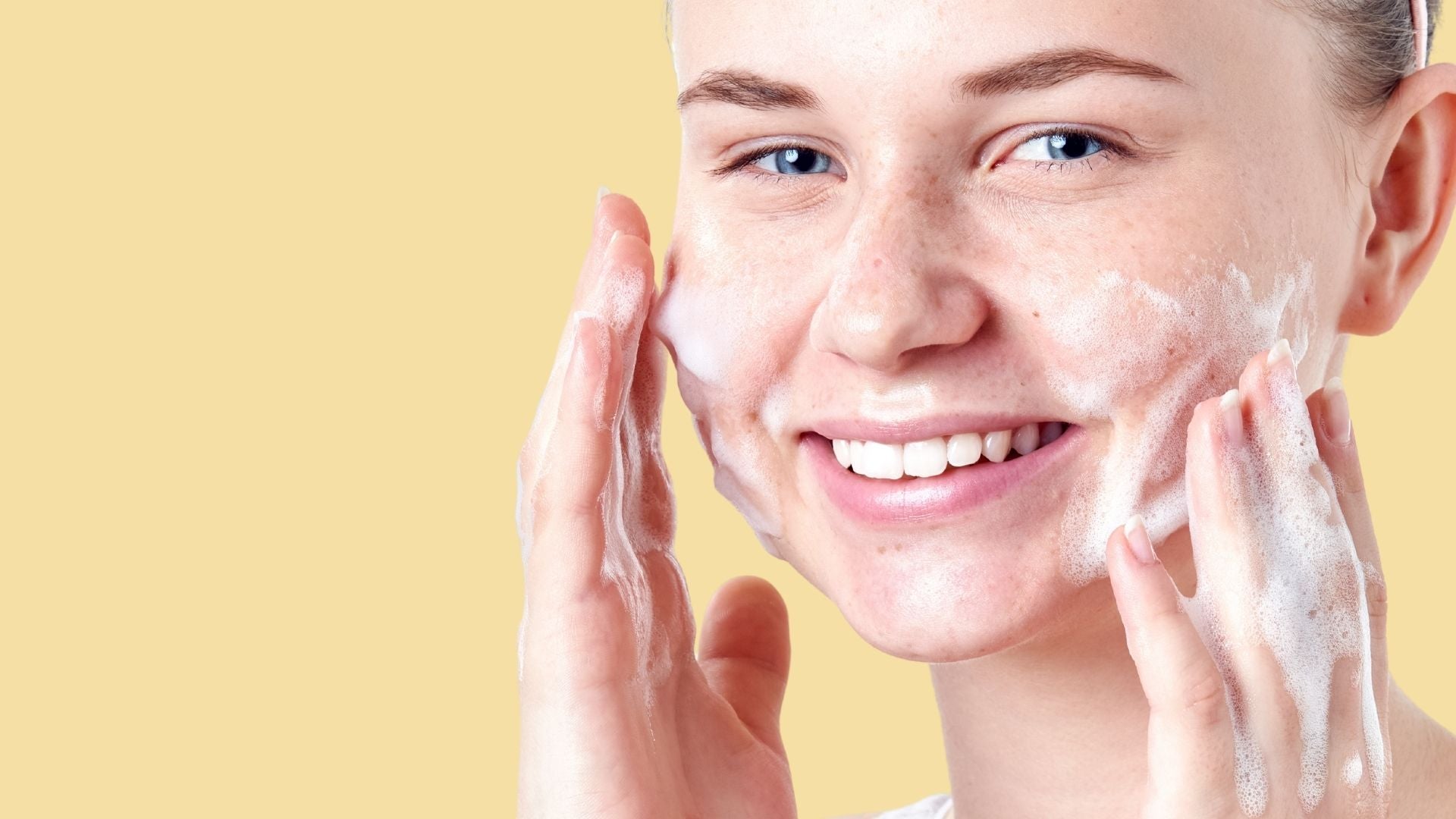
How do I know what my skin type is?
Oily, combination, normal, or dry? It sounds confusing but finding your skin type is not really that complicated. Here are two easy ways to discover yours - and once you have the answer, you will be on your way to healthy, glowing skin and you will know which products to use every day.
The skin appearance test
At the end of the day, look at your skin in the mirror.
How does it look?
- Shiny all over, with large pores and a few blackheads? Your skin is oily. The gland that produces the natural oils that moisturises and protects your skin is overactive. When your natural oils, called sebum, flood the surface of your skin, it looks greasier. When it gets trapped into one of your skin’s pores with dead skin cells, it forms a blackhead. Add microbes and you get a nice pimple.
- Is your skin looking dull (not glowing), a bit flaky (not smooth)? Your skin is dry. The term ‘dry’ is a bit misleading because water is not directly the problem here. Your sebaceous gland is not producing enough sebum (remember, that’s your skin’s natural oils) which is why your skin lacks moisture and is dry. Think of how doors creak when they are not oiled properly and how smooth they move when they are. It’s the same with your skin. Its texture is less smooth and it’s drier when it lacks natural oils.
- You are trying hard to find some shine or dry patches but you can’t see anything? Your skin type is normal. Your skin gets enough natural oils to keep it hydrated and protected.
- Are your forehead, nose and chin (the T-zone) oily and the rest of your face dry or normal? You have combination It’s pretty common for younger people.
You just got up? That’s ok, we have another easy way for you to discover your skin type.
The wash test
Wash your face with a gentle cleanser or your usual cleanser if you use one already.
Wait for 30 minutes to an hour.
How does your skin feel now?
- If it is tight and feels like it will rip like paper if you pull faces, you belong to the dry skin club.
- If it feels greasier after 30 minutes of washing your face, you have oily
- If it feels greasier on the T-zone but tight or normal elsewhere, you have combination
- If you totally forgot to check after 30 minutes or an hour, you probably feel like nothing has changed then you have normal
What about itchy, red skin?
If your skin looks redder than it should and feels itchy after you’ve applied products, it is sensitive.
Dry or dehydrated – what’s the difference?
Dehydration doesn’t necessarily mean you necessarily have dry skin. Many external factors can impact on how well hydrated your skin is. For instance, in winter, when the heaters are on all day, the dry heat sucks out the moisture in the air but also from your skin. It’s the same on a windy day and it is the reason you get chapped lips on those days. But it’s not just heat or wind. If you forget to drink throughout the day, your skin will get more dehydrated. Dehydration is a condition caused temporary due to circumstances and it is tougher on dry skin, but it doesn’t mean your skin type is dry. Oily, combination and normal skin can be parched too!
Still not sure about your skin type? Ask a pro.
It’s always a good idea to get your skin assessed by a professional so you learn more about your skin and what it needs to feel fresh and clean, to look good and glow. Your GP usually will refer you to a dermatologist (a skin doctor) if you have acne or skin sensitivities but also to check your moles.


